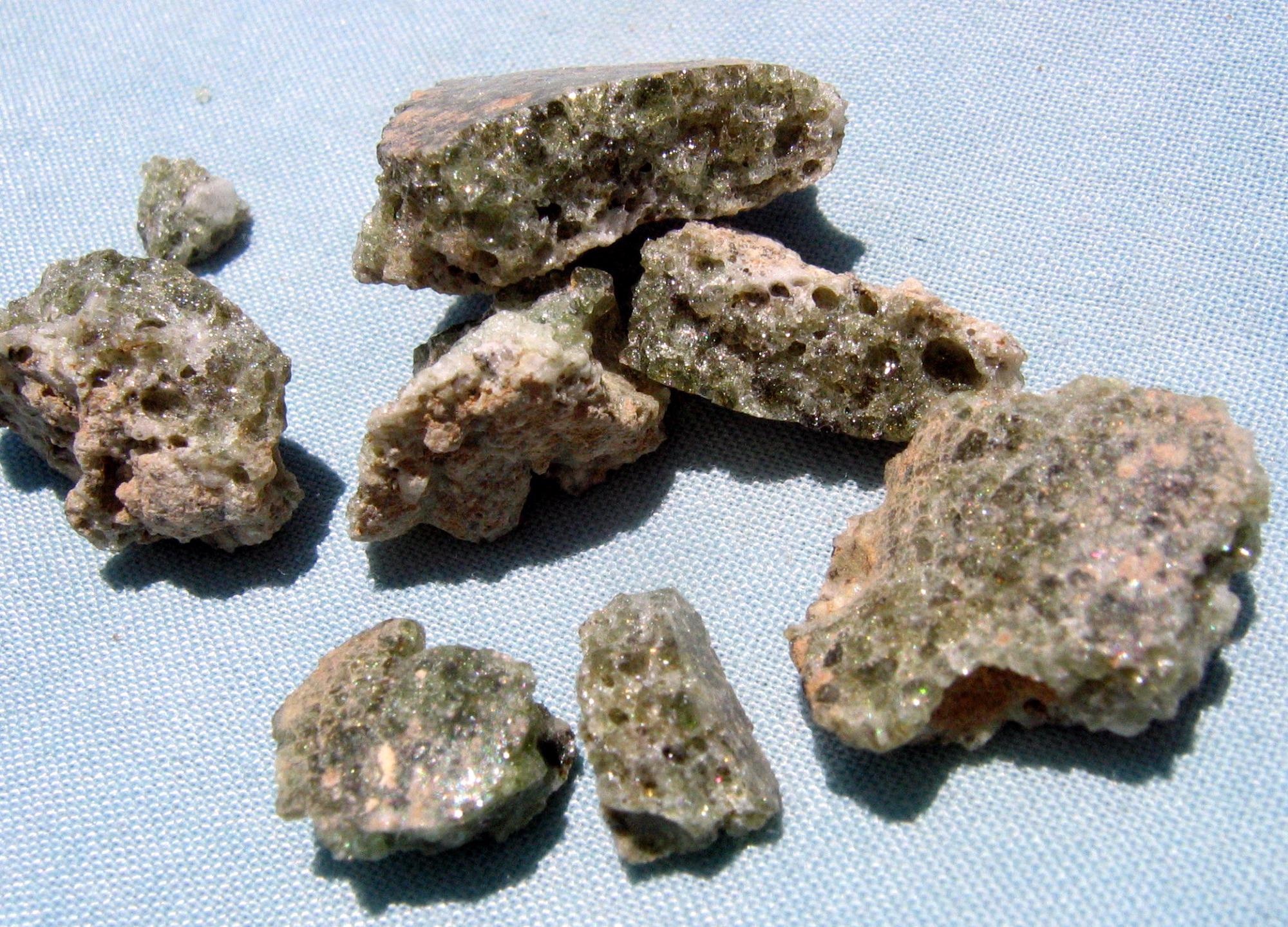Jun 7 2021

Image Credit: Shutterstock.com/Steve Shoup
A geologist from the University of Massachusetts Lowell (UMass Lowell) is one of the scientists who have identified a new kind of human-generated quasicrystal produced by the first test blast of an atomic bomb.
According to Professor G. Nelson Eby from UMass Lowell and a member of the university’s Environmental, Earth and Atmospheric Sciences Department, the formation holds implications as a new material that could potentially help repair bone, convert heat to electricity or insulate heat, amongst other applications.
Eby is a member of the research group that detected the quasicrystal substance within trinitite samples that were analyzed by them and obtained from the remains of the first atomic bomb detonated by the U.S. Army on July 16th, 1945, in the New Mexico desert.
Trinitite, also called atomic rock, is a glassy material created by the severe pressure and heat released by detonated atomic devices. The rock was named after the word “trinity,” the code term of the U.S military for the first nuclear test blast.
Quasicrystals that occur naturally have been detected in meteorites and structures affected by meteorite strikes. In the early 1980s, scientists first discovered these quasicrystals in the aluminum-manganese alloy. Since then, scientists have produced quasicrystals in the laboratory, but their findings in trinitite represent the first known time the substance was artificially produced, added Eby, who lives in Burlington.
The quasicrystal the team detected in the trinitite is shaped in an icosahedron, a 3D, solid structure that has 20 faces. The material is made up of iron, calcium, copper, silicon, and that can be traced to source materials close to the bomb location which were pulled into the massive force of the burst together with the desert sand.
Quasicrystals are strange crystalline forms that do not follow the normal laws of crystal symmetry. The tremendous pressure and temperature generated by an atomic detonation can lead to new forms of quasicrystals, such as the one we identified that cannot be produced in a laboratory.
Nelson Eby, Member of Environmental, Earth and Atmospheric Sciences Department, University of Massachusetts Lowell
The researchers’ study results were published in the academic journal Proceedings of the National Academy of Sciences in May 2021. Together with Eby, researchers from the University of Florence in Florence, Italy; the California Institute of Technology; Los Alamos National Laboratory; Princeton University; and a scientist working separately played a key role in the project.
According to Eby, the growing insight of the conditions under which different kinds of quasicrystals develop can help researchers design them for particular causes, like converting heat into electricity, heat insulation, bone repair and use in prosthetics.
Eby also believes that a better understanding of trinitite, which Eby and his students investigate in his UMass Lowell laboratory, is also crucial.
Because of concerns about the proliferation and possible use of atomic weapons by rogue nations and terrorist groups, over the past decade, forensic studies of radioactive elements contained in trinitite have been conducted by a number of academic and federal laboratories and institutions, including UMass Lowell.
Nelson Eby, Member of Environmental, Earth and Atmospheric Sciences Department, University of Massachusetts Lowell
According to Eby, this kind of study is vital in case researchers are called upon to help investigate atomic activity.
Materials recovered from a detonated atomic device would most likely contain remnants of the bomb, and knowing the relationship between glass chemistry and radioactive elements in the materials would be useful in characterizing the device and ultimately identifying the perpetrators.
Nelson Eby, Member of Environmental, Earth and Atmospheric Sciences Department, University of Massachusetts Lowell
Journal Reference:
Bindi, L., et al. (2021) Accidental synthesis of a previously unknown quasicrystal in the first atomic bomb test. Proceedings of the National Academy of Sciences. doi.org/10.1073/pnas.2101350118.